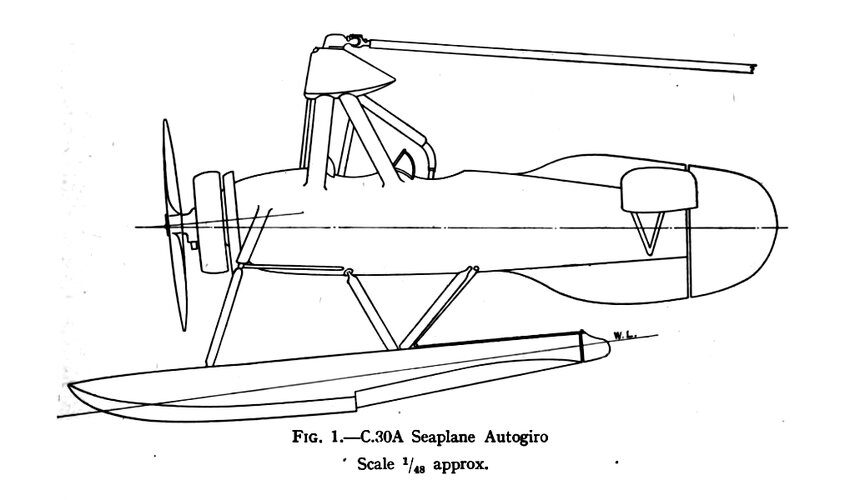- Joined
- 26 May 2006
- Messages
- 33,572
- Reaction score
- 13,699
hesham said:... we can't distinguish between real design and a patent
Skyblazer said:A Weir design from 1942 found in British patent #563,427:
... the other one I can't ID it.

 www.britmodeller.com
www.britmodeller.com

C.39 was a Project for 2/3 seat fleet spotter autogyro to Spec. 22/38,
this would have had a three-blade rotor and 600 hp Rolls-Royce kestrel engine.
And the Cierva C.14 was a flying boat Autogyro for the 31/26 Spec.,
and the Shorts Brother who was developed it.
hi i have a question do you have illustrations or images of the c.14?And the Cierva C.14 was a flying boat Autogyro for the 31/26 Spec.,
and the Shorts Brother who was developed it.
From, Helicopters & Autogyros of the World.
hi i have a question do you have illustrations or images of the c.14?And the Cierva C.14 was a flying boat Autogyro for the 31/26 Spec.,
and the Shorts Brother who was developed it.
From, Helicopters & Autogyros of the World.
thankshi i have a question do you have illustrations or images of the c.14?And the Cierva C.14 was a flying boat Autogyro for the 31/26 Spec.,
and the Shorts Brother who was developed it.
From, Helicopters & Autogyros of the World.
Sorry dear Lol,I haven't,but may it was the same concept in Cierva Amphibian speculative design,here;
Useful research paper on that subject hereIt's worth noting the relationship between Weir and Cierva, the former, 'Jimmy' Weir was a Scottish industrialist (Weir Pumps of Cathcart, Glasgow) who was chief financier of Cierva's Southampton-based autogyro company. The Weir W-2 in Scotland.
I don't think I ever shared this one, so here goes:
